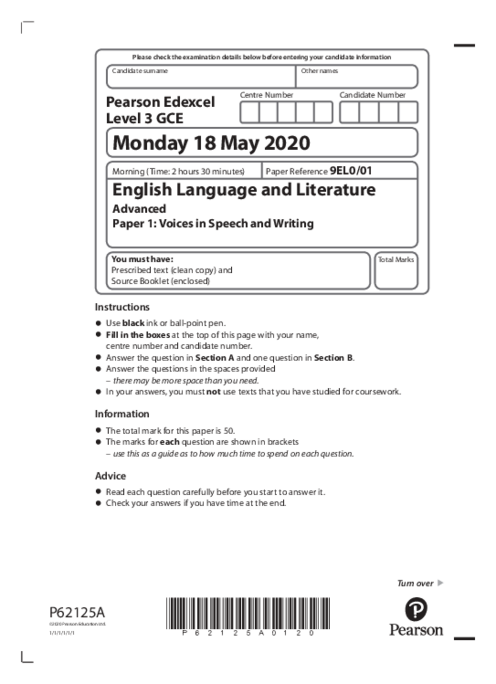English Language and Literature 9EL0/01 October 2020
omer uner
1. Section A—comparison of voices presenting disability challenges, analysis of tone, empathy, formality, personal experience, and social commentary in Text A and Text B
2. Focus on disability discourse—use of lexical fields of restriction and resilience, contrast between personal and institutional perspectives, symbolic imagery and emotional appeal
3. Literary and linguistic analysis—sentence structure, modality, figurative language, tone of voice, dialogue inclusion, metaphorical framing of hardship and empowerment
4. Section B—creative response to unseen source, emphasis on adapting voice, register, and tone appropriate to stimulus content, reflective or persuasive options
5. Contextual grounding—social awareness of disabled identities in modern media and literature, evaluation of public vs private voices, incorporation of social justice language
6. Exam format—Paper 1: Voices in Speech and Writing, 2 sections (comparison and creative writing), 50 marks, focus on stylistic awareness and contextual sensitivity
See More Paper 1 8 months ago
English Language and Literature (9EL0) Subject directory
All resources in one place
Related Past Papers
Related Tutorials
Crash report
